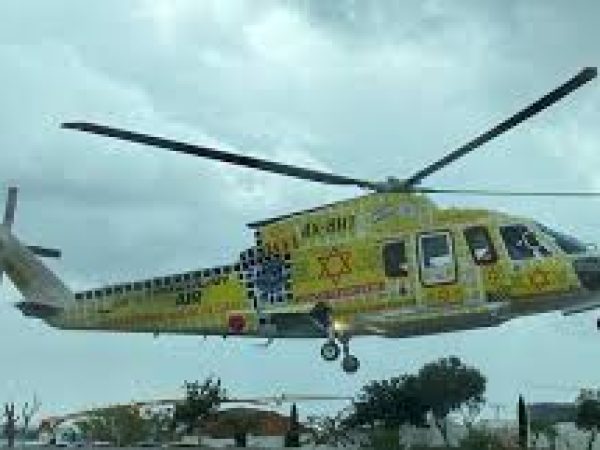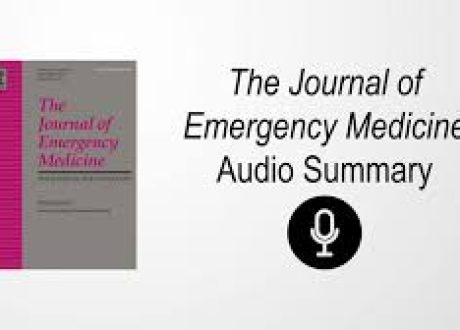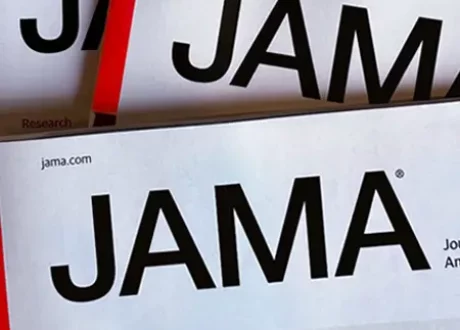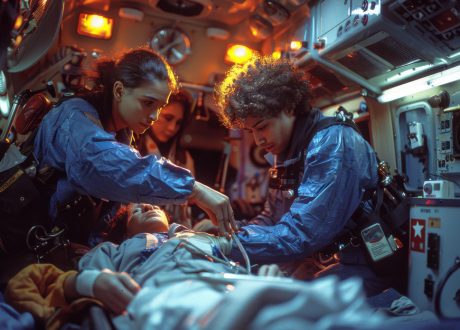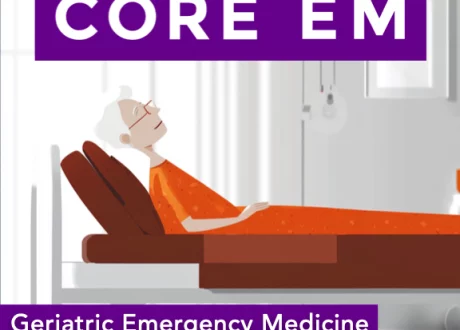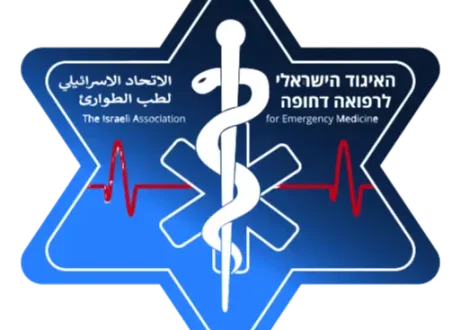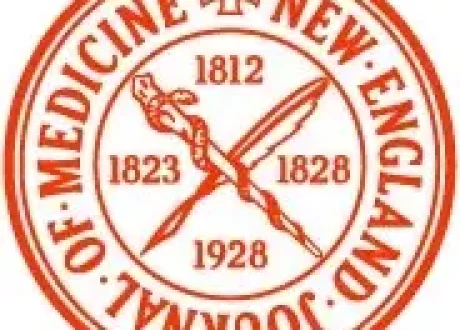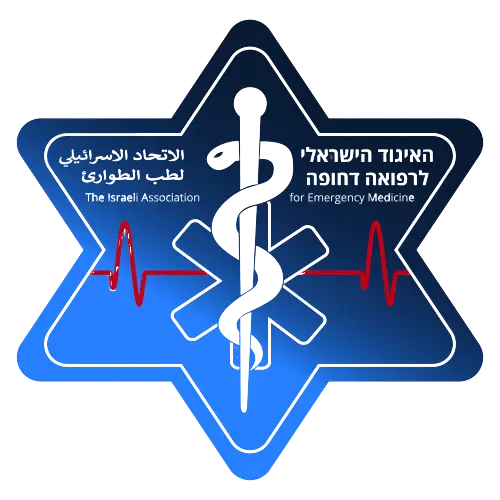Written by Joshua Belfer
![]()
Helicopter transport improves survival in trauma patients who meet triage criteria, but only if it saves at least 13–17 minutes over ground transport.
Time is tissue, but what happens when it comes to transport?
Air medical transport (AMT) is often used to expedite care for severely injured patients, but until now, “significant time savings” (as recommended in the National Field Triage Guidelines) was a vague concept. This study evaluated whether there was a critical time-saving threshold associated with improved survival when it comes to AMT use.
This retrospective cohort study of 280,271 trauma patients ≥16 years old across Pennsylvania (2000-2017) estimated counterfactual transport times to define thresholds where AMT offered a survival benefit. For patients meeting physiologic or anatomic National Field Triage Guidelines criteria, a survival advantage emerged at ≥13 minutes saved (aOR 1.14; 95%CI 1.01-1.30), rising to ≥17 minutes in sensitivity analysis. For patients meeting Air Medical Prehospital Triage score criteria, the benefit threshold was ≥23 minutes, with even greater survival impact (aOR 1.22; 95%CI 1.01-1.48). No benefit was observed for patients who met neither set of criteria, regardless of time saved.
Limitations include the retrospective design, assumptions used in modeling “what-if” transport times, and generalizability to non-trauma centers or areas with different EMS logistics.
How does this change my practice?
This study does a great job in putting evidence behind when air medical transport will provide a “significant time savings.” Now, in addition to using our clinical gestalt, if the patient meets triage criteria and the helicopter can save at least 15–20 minutes, it probably makes sense to push for air. Conversely, if triage criteria are not met, or if AMT won’t considerably change time to arrival, ground transport is likely the answer. Ultimately, it’s not just about flying faster––it’s about flying smarter.
Source
How many minutes matter: Association between time saved with air medical transport and survival in trauma patients. J Trauma Acute Care Surg. 2025 Jun 1;98(6):890-898. doi: 10.1097/TA.0000000000004567. Epub 2025 Feb 25. PMID: 39998479

